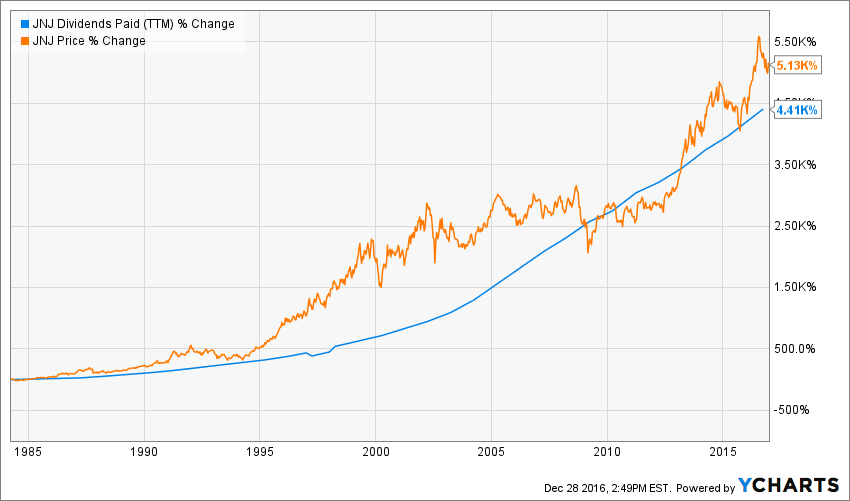Market Timing Vs Time In The Market
Time in the market is more important than market timing…
While of educated investors already know this thesis, many of them tend to forget how to apply it to their own portfolio on a regular basis. They foolishly try to determine where the market is heading next. As previously mentioned; The longer you stay in the market, the better will become your investment return. But you don’t have to believe me, you only have to be able to read graphs of various financial studies. Let’s start with this one:

Source: Betterment
This graph shows the median cumulative return of the S&P 500 since 1928. It clearly shows that for any inventors who stays invested for more than 5 years, his expected return would dramatically increase year after year. In other words, if you invest, you should keep your money in for more than 5 years. Regardless if you believe in market timing or not, this graph clearly shows that time in the market is part of the successful strategy.
Okay, but how about buying when the market is low and stay the course then? Obviously, most investors will not argue by looking at the above mentioned graph. However, they will come up with the objection that currently, the market is over valued. That currently, this great company is overvalued. They rather wait until the next market drop and then enter for the long haul. Unfortunately, they decide to ignore another brutal graph:

Source: SchwabCenter for Financial Research (Investopedia)
This graph explains that if you miss the 30 top days in any trading years, you will most probably end-up in the red. Why? Because the market is going ups and downs but no one can really know when it will happen. Therefore, those who try to find the great entry point will most probably never find it.
Market timing doesn’t do well for dividend investors
While trying to play the crystal ball reader will not likely work out well, it’s probably even worse if you intend to invest in dividend paying stocks. One of the major advantage of dividend investing is to get paid while you wait. In 2008, your portfolio would have probably show something around -30%, but the dividend payments received throughout the year will more or less be the same than the one in 2007. In fact, the dividend payouts of many companies would increase even during market corrections.
Therefore, sitting on the sideline and waiting for the next market dip is also synonym of losing 2, 3 even 4% dividend return per year of waiting. Are you rich enough to leave all that money to other investors? I’m not.
I will discuss the power of dividend growth investors in another part of this series, but for now, I will start by telling you that the true power resides in the compounding growth rate of the payouts received. If you wait on the sideline for 2-3 years and wait for the perfect timing, the company you have been looking at will increase its dividend payout by 5-10% each year without sending a single cheque. This thought alone is enough to make me invest now.
As an example, let’s take the “mother of all dividend stocks”; Johnson & Johnson (JNJ). Over the past 53 years, JNJ has increase its dividend payment each year. Never missed a payment, never missed a dividend raise. However, during the same period, JNJ stock price went through some ups and downs:

Source: Ycharts
When you look at the orange line (JNJ stock price), you will notice shareholders went through good and bad periods. Some had to be patient to recuperate their investment as the company faced challenging times.
On the other side, the dividend payment has continuously increase year after year. When you look at the blue line (the dividend paid), it is going up clock-work. This is a “stress-free” investment if you look at the dividend payments. No need to know when is the right time to buy JNJ when you think look at the dividend payment.
Action of the day: Can you read the future?
If you are still not convinced about market timing and you want to try it out, there is a way. You can easily build a fake portfolio using Google Finance. Insert date and price of real stocks you follow and predict when they it is a good entry point or a time to sell. You will notice that stocks go up and down all the time and barely any kind of news could make the wind turn into one direction or another.
Disclosure: Each month, we do a review of a specific industry at our membership website; Dividend Stocks Rock. In addition to have full access ...
more


